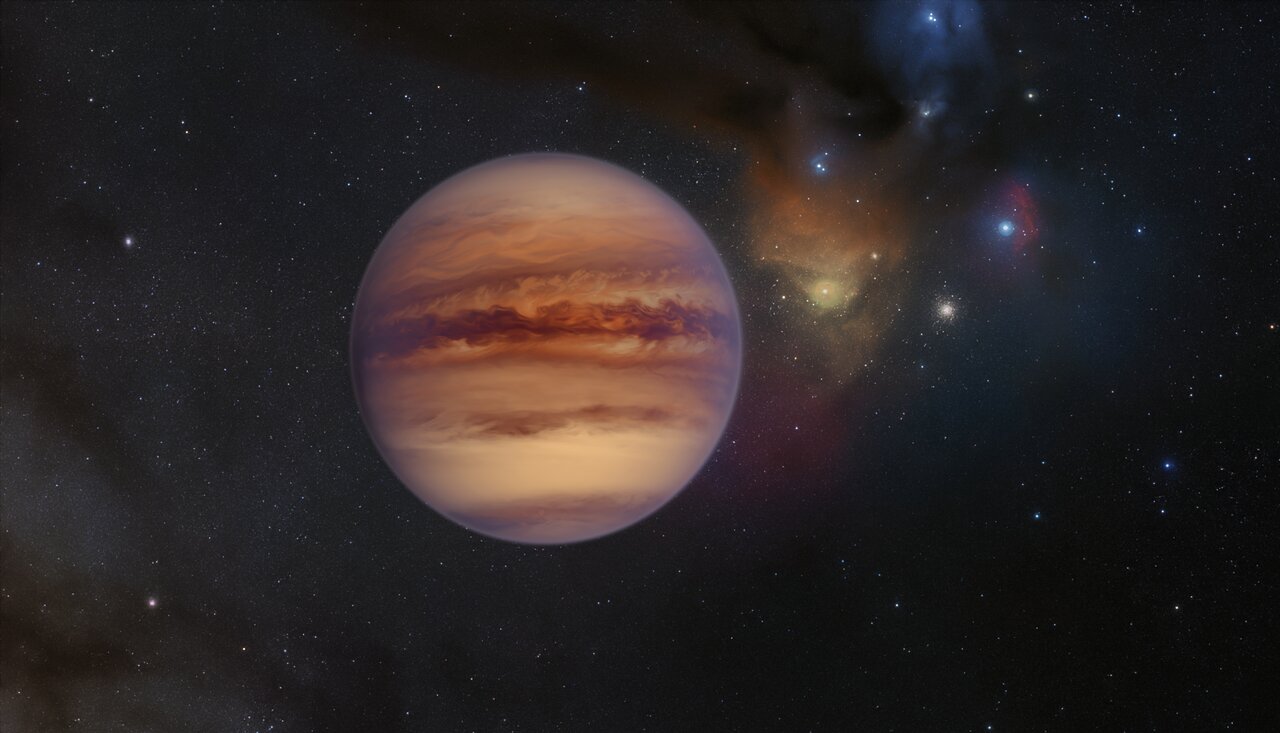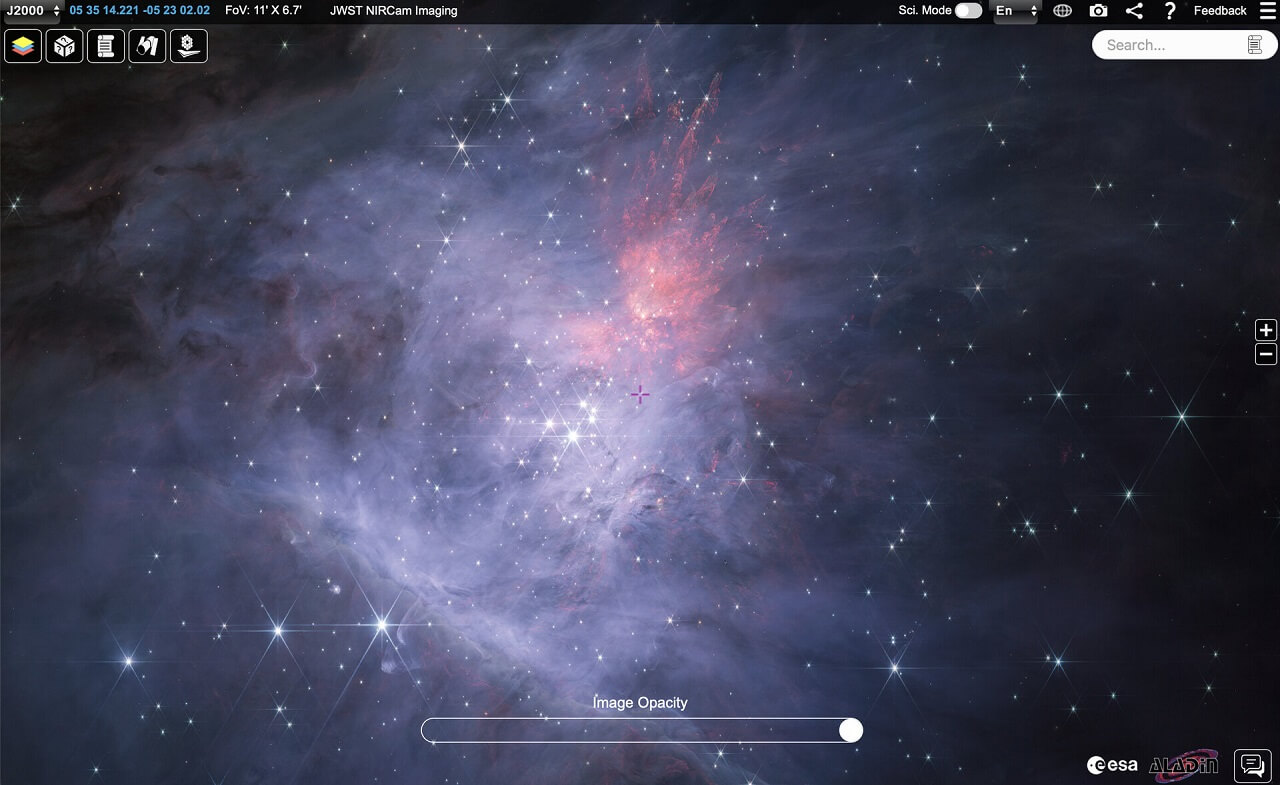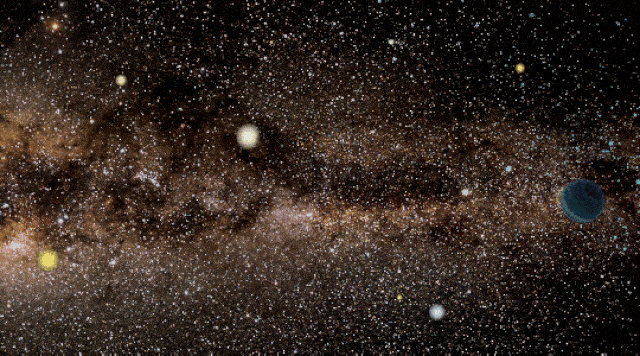Alien planets the size of Mars may be hidden beyond Pluto
The outer part of the solar system is amazingly strange. It is so far from the Sun that our telescopes cannot easily see what is happening there. No one can guess how strange objects can be hidden in such distant reaches of the planetary disk.
Beyond Neptune's orbit, a field of small, icy objects is known to be breaking up. It is called the Kuiper belt , and it is there that the dwarf planets are located - Pluto , Eris, Haumea. Beyond that, even further in, is the hypothetical Oort cloud —a spherical field of tiny rocky debris that surrounds the solar system like a shell; Its exact size is unknown.
It is believed that the long-period comets of the solar system come from there ; But what could be hidden there? One tantalizing possibility is planets—not just old ones, but also ones from other stars .
Amir Siraj, an astrophysicist at Princeton University, estimated how many alien planets might be out there, hidden from our view. According to his calculations, on a purely mathematical level, there could be 1.2 planets with a mass greater than Mars ; 2.7 the mass of the planet Mars and 5.2 the mass of the planet Mercury .
It's all just reasonable, science-based speculation, but the idea that a planet from another distant star could be lurking there is really fascinating.
The question arose for the first time when in 2000, a free-lancer, E. year Wandering planets were discovered. These are the planets that have been cut off from their star and will disappear into the galaxy without an address. To throw a planet out of its own system like this requires gravitational interactions, which can happen quite easily, and as a result, many planets must wander aimlessly in space.
It's not known how common this phenomenon is, but we're getting better at spotting them, which means the estimate numbers are getting more accurate.
What's even more interesting is that these planets may not have wandered at all. If they pass a little too close to a star, they can be swept into its gravitational trap. Small-scale cases like this are well known to us—a clear example is Jupiter, which has a lot of space rock debris trapped in it.
Siraj wanted to find out whether the sun also does such a thing . Therefore, the study began by estimating the number of wandering planets in the Milky Way . It also estimated the percentage of stars that are more likely to host wandering planets . Using this information, he calculated the probability that such planets would pass close enough to the solar system to be captured by the sun's gravity.
As his calculations showed, there is quite a chance that a planet larger than Mercury and smaller than Earth is hiding in the outer, cold, misty part of the solar system .
"Based on a direct theoretical argument, we have shown that rocky planets captured by the Sun may exist in the outer part of the Solar System," Siraj writes.
According to him, simulation studies with great details should be included in the next studies. Simulations can shed light on the distribution of planets so trapped.
The researcher also says that if the location of such a planet in the sky turns out to be favorable for us, we will be able to observe it with the Vera Rubin Observatory, which is currently being built in Chile and will be operational from 2025.
The study was published in The Astrophysical Journal Letters .
Prepared by ScienceAlert.




